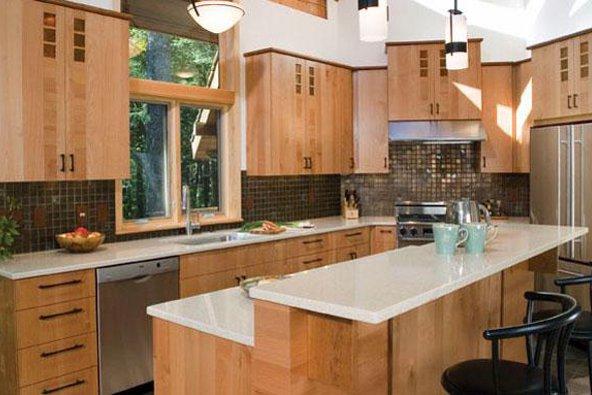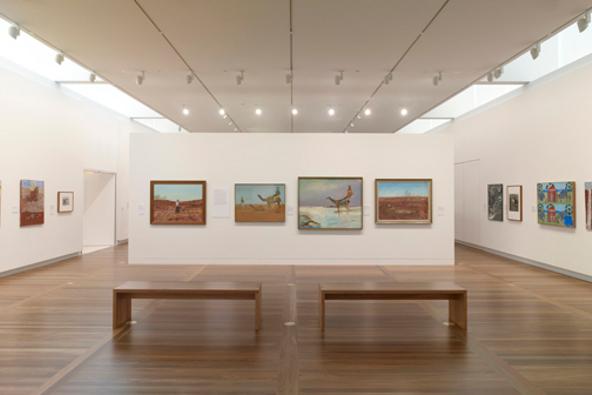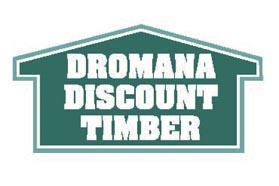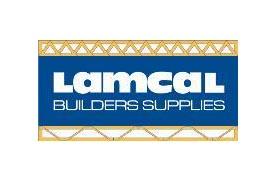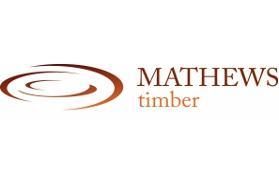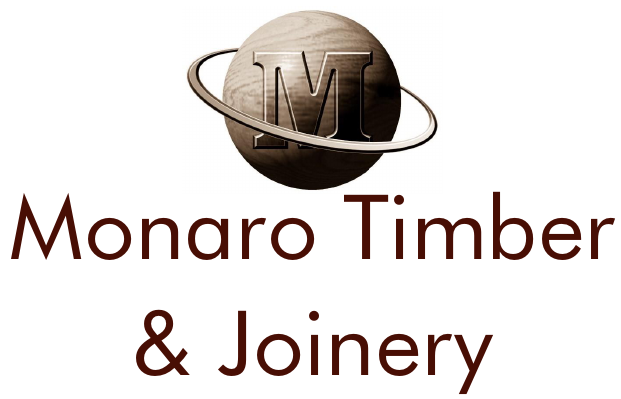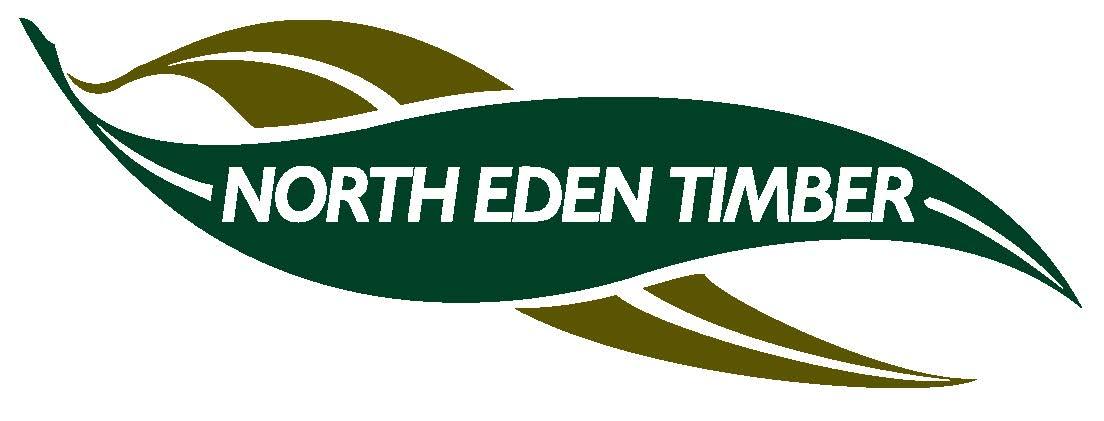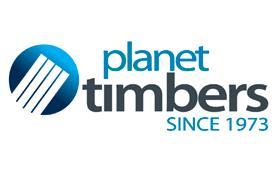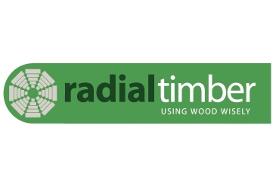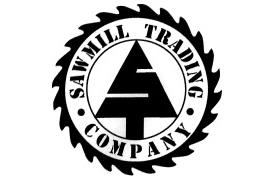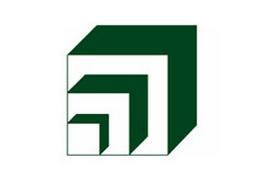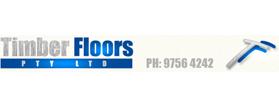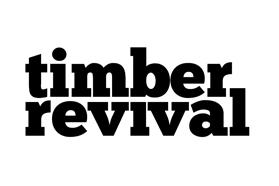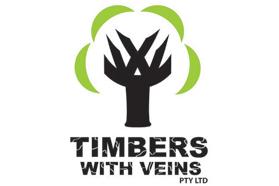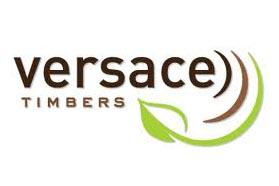Southern blue gum is a widely forested Australian hardwood species. Its timber products are readily available and suitable for flooring, furniture and a range of general construction applications.
Eurabbie, Tasmanian Blue Gum, Maiden's Gum, Gippsland Blue Gum
Eucalyptus globulus
Shrinkage
| Very Low | Low | Medium | High | Very High | |
|---|---|---|---|---|---|
|
|
|
||||
|
Tangential :
|
14.40% | ||||
|
Radial :
|
6.90% | ||||
|
Unit Movement Tangential:
|
0.39% | ||||
|
Unit Movement Radial:
|
0.26% |
Strength Group
| Very High | High | Reasonably High | Medium High | Medium | Reasonably Low | Low | Very Low | |
|---|---|---|---|---|---|---|---|---|
| Unseasoned: | S1 | S2 | S3 | S4 | S5 | S6 | S7 | S8 |
|
|
||||||||
| Seasoned: | SD1 | SD2 | SD3 | SD4 | SD5 | SD6 | SD7 | SD8 |
|
|
Stress Grade
|
Structural No. 1 |
Structural No. 2 |
Structural No. 3 |
Structural No. 4 |
Structural No. 5 |
|
|---|---|---|---|---|---|
| Unseasoned: | F17 | F14 | F11 | F8 | F7 |
| Seasoned: | F34 | F27 | F22 | F17 | F14 |
Density per Standard
| Seasoned: | 970kg/m3 |
|---|---|
| Unseasoned: | 1140kg/m3 |
Joint Group
| Very High | High | Reasonably High | Medium | Low | Very Low | |
|---|---|---|---|---|---|---|
| Unseasoned: | J1 | J2 | J3 | J4 | J5 | J6 |
|
|
||||||
| Seasoned: | JD1 | JD2 | JD3 | JD4 | JD5 | JD6 |
|
|
Colour
| White, yellow, pale straw to light brown | Pink to pink brown | Light to dark red | Brown, chocolate, mottled or streaky | |
|---|---|---|---|---|
|
|
||||
Mechanical Properties
|
Modulus of Rupture - Unseasoned:
|
84 |
|---|---|
|
Modulus of Rupture - Seasoned:
|
146 |
|
Modulus of Elasticity - Unseasoned:
|
15 |
|
Modulus of Elasticity - Seasoned:
|
20 |
|
Maximum Crushing Strength - Unseasoned:
|
43 |
|
Maximum Crushing Strength - Seasoned:
|
83 |
|
Impact - Unseasoned:
|
20 |
|
Impact - Seasoned:
|
27 |
|
Toughness - Unseasoned:
|
Medium - 15 - 24 Nm |
|
Toughness - Seasoned:
|
High - 25 Nm and above |
|
Hardness - Unseasoned:
|
7.3 |
|
Hardness - Seasoned:
|
12 |
Durability
| Low | Moderate | Reasonably High | High | |
|---|---|---|---|---|
| (0 - 5 yrs) | (5 - 15 yrs) | (15 - 25 yrs) | (more than 25 yrs) | |
|
In-Ground:
|
|
|||
| (0 - 7 yrs) | (7 - 15 yrs) | (15 - 40 yrs) | (More than 40 yrs) | |
|
Above ground:
|
|
|||
| (0 - 20 yrs, usually < 5) | (21 - 40 yrs) | (41 - 64 yrs) | (More than 60 yrs) | |
|
Marine Borer Resistance:
|
|
|
Lyctid Borer Susceptibility:
|
Susceptible |
|---|---|
| Lyctid Borer Susceptibility - Other: | |
|
Termite Resistance:
|
Not Resistant |
Fire Properties
|
Critical Radiance Flux - Lower:
|
2.2 and <4.5 |
|---|---|
|
Critical Radiance Flux - Higher:
|
≥4.5 |
|
Smoke Development Rate:
|
<750 |
| 1 - non-combustible | 2 - reasonably non-combustible | 3 - slightly combustible | 4 - combustible | |
|
Fire Properties Group Number: |
|
|
Average Specific Extinction Area:
|
<250 |
|---|---|
|
Bushfire Resistance:
|
BAL 12.5 and 19 – All AS3959 required applications |
NSW

